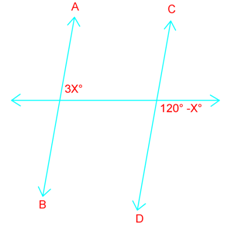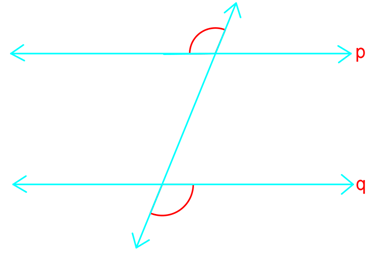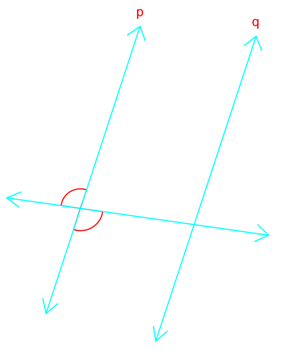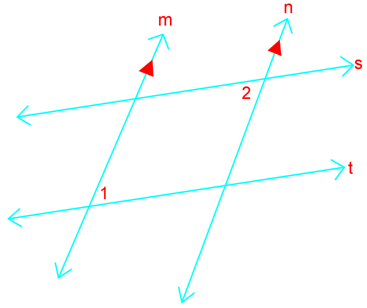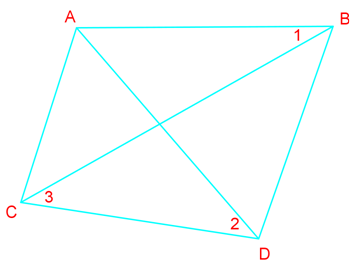Introduction to Parallel Line Proofs
Welcome to the fascinating world of parallel line proofs! These proofs are essential in geometry, helping us understand the relationships between parallel lines and the angles they create. To kick off our journey, we'll start with an introduction video that lays the foundation for this concept. This video is crucial as it visually demonstrates how transversals and parallel lines interact, creating corresponding, alternate, and interior angles. As your math tutor, I'm excited to guide you through this topic. Parallel proofs may seem challenging at first, but with practice, you'll find them quite logical and even enjoyable. They're like solving parallel line puzzles, using what we know about parallel lines to prove other geometric relationships. Remember, mastering parallel line proofs will significantly boost your overall geometry skills. So, let's dive in and explore this fundamental concept together!
Understanding the transversals and parallel lines is key to mastering these proofs. By examining how parallel lines interaction with each other, we can deduce various properties and theorems. Additionally, recognizing the significance of interior angles formed by these lines will aid in solving complex problems. The more you practice, the more intuitive these concepts will become. So, let's continue to explore and enjoy the journey of learning parallel line proofs!


